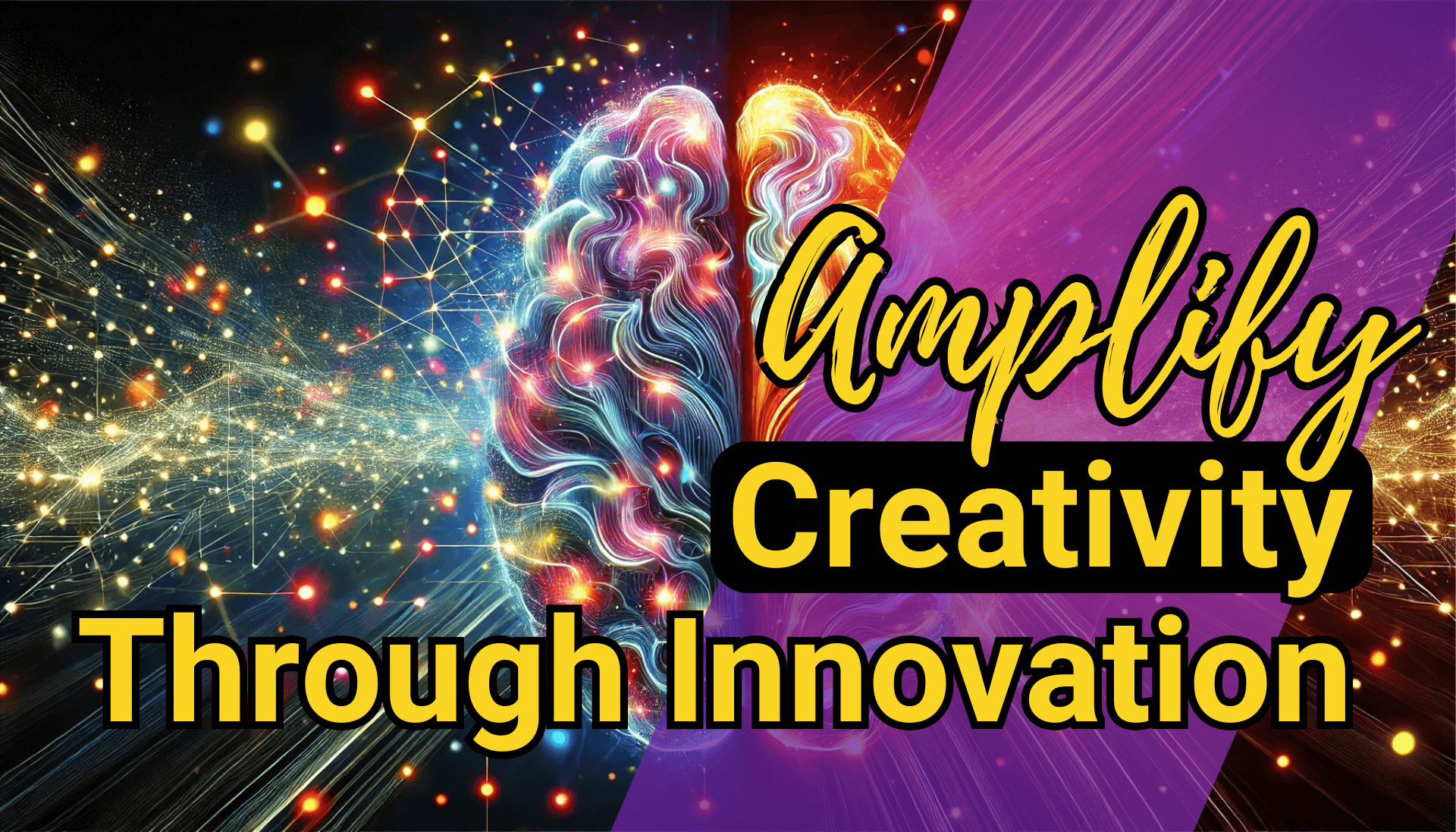Balancing AI Innovation with Human Insight for Future-Ready Marketing
Are you eager to unlock the true potential of your marketing efforts and stay ahead in today’s rapidly evolving digital landscape? Generative AI may be the key to a new era of productivity and creativity in marketing. Thirty years ago, early productivity tools like word processors and spreadsheets were promised to free up time and enhance efficiency. Yet, here we are, producing even longer reports and juggling more data than ever. Generative AI is poised to be the next transformative tool, but to fully leverage its benefits, marketers need to approach it strategically.
Marketing has long been seen as a creative field, excelling at connecting with consumers’ emotional needs, crafting the perfect product messaging, and targeting audiences at the right place and time. In recent years, digital marketing and analytics have added a more data-driven dimension. Now, generative AI is changing the landscape yet again, automating some creative processes and enhancing data capabilities. So, the question is: how can marketers make the most of this productivity shift while preserving the unique human creativity that drives effective marketing?
Embracing Generative AI in Marketing
Generative AI tools like ChatGPT have already been shown to enhance the performance of marketing teams, with studies indicating that AI can boost marketers’ productivity by up to 40%. Imagine gaining an extra day and a half of time each week. This newfound efficiency could allow marketers to create more content, develop new ideas, and customize messages on a deeper level than ever before.
However, it’s unlikely that companies will reduce the marketing workload or let roles go. Instead, they will likely reinvest this time into more content production and personalized messaging. For consumers, this can be a fantastic outcome—think highly tailored emails featuring images and product suggestions that perfectly fit each individual’s preferences. Yet, with this abundance comes a real risk of content overload. AI-driven content might start to feel repetitive or lose the creative spark that makes brands stand out.
Avoiding the Pitfalls of AI: Content Overload and Standardization
While personalized content may sound appealing, too much of it can be overwhelming. You may have already noticed being followed by similar ads or content that seems to target you a bit too closely. With AI’s potential to scale this, the risk is that people may feel “chased” by content, leading to digital fatigue. Even more concerning, as generative AI models learn from existing content, they may unintentionally reduce creative diversity, leading to a homogenized “sameness” across brands.
To prevent this “great equalization” of content, marketers should consider their brand’s unique voice and keep an eye on where AI might dilute it. Brands that rely solely on AI for ideas may lose the authentic originality that has long been a hallmark of successful marketing. Instead, they should think of AI as a partner to enhance, rather than replace, human creativity.
Developing a “Left-AI Brain” and Strengthening Right-Brain Creativity
To succeed in this new landscape, marketers must cultivate what could be called a “left-AI brain.” This involves strategically reskilling teams to incorporate data-savvy roles, such as customer insight analysts and marketing technologists who can build and maintain predictive AI tools. This capability can help marketers analyze campaign performance, understand consumer behaviors more deeply, and tailor strategies accordingly. For instance, AI-driven tools can offer insights into which blog post themes resonate with specific demographics or which email campaign formats drive the most engagement, helping refine your approach.
At the same time, marketers need to protect the right-brain functions that drive innovation and creative thinking. While AI is excellent at generating ideas based on patterns and data, true originality often comes from human intuition and imagination. By encouraging marketers to harness AI for inspiration and fast prototyping, they can use the technology as a springboard for bigger ideas rather than as the sole creator.
The Importance of Diverse Data Partnerships
Building a powerful left-AI brain requires more than just in-house data—it means thinking outside of the usual sources. For example, a health and wellness brand looking to expand into tech-savvy youth markets may not have deep data on this demographic’s media consumption patterns. Rather than relying solely on their internal data, they could seek partnerships with tech platforms, entertainment services, or research firms that have relevant data on young consumers.
By broadening data sources, brands can stay adaptable and reach new segments without getting stuck in a feedback loop that only reinforces their existing customer base. This diversity of data ensures that AI-driven strategies can evolve and adapt to new trends and demographics.
Identifying and Nurturing Your Innovators
A successful AI strategy involves not only data and technology but also people. Every marketing team has individuals who bring a unique, disruptive perspective—those creative thinkers who aren’t afraid to challenge the status quo. These are the team members who will keep your brand’s message fresh and innovative. Identify these right-brained creatives and support them in using AI to amplify their impact rather than allowing AI to replace their original thought processes.
For those on your team who lean toward analytical thinking, the opportunity lies in specializing in AI-related skills and becoming the architects of this new data-driven approach. By balancing both analytical and creative talents, companies can maintain the harmony between AI productivity and human creativity, ultimately enriching their brand identity and market differentiation.
Carving Out Your Unique Path Forward
As you think about integrating generative AI into your marketing efforts, consider your strengths and preferences. Are you a creative visionary, or do you find excitement in data and analysis? By choosing your “brain,” you can position yourself to thrive in the age of AI-driven marketing.
Generative AI offers a world of possibilities, but it’s up to you to steer its potential in a direction that benefits both your team and your consumers. With the right balance, you can use AI to streamline your workflow, deepen customer engagement, and keep your brand’s unique voice alive in a crowded digital space. The future of marketing will be shaped not only by those who adopt AI but also by those who do so thoughtfully, blending technology with the creativity that makes marketing resonate.




